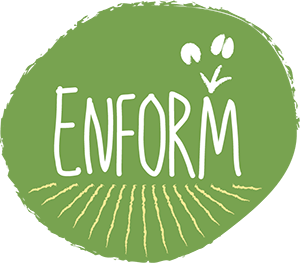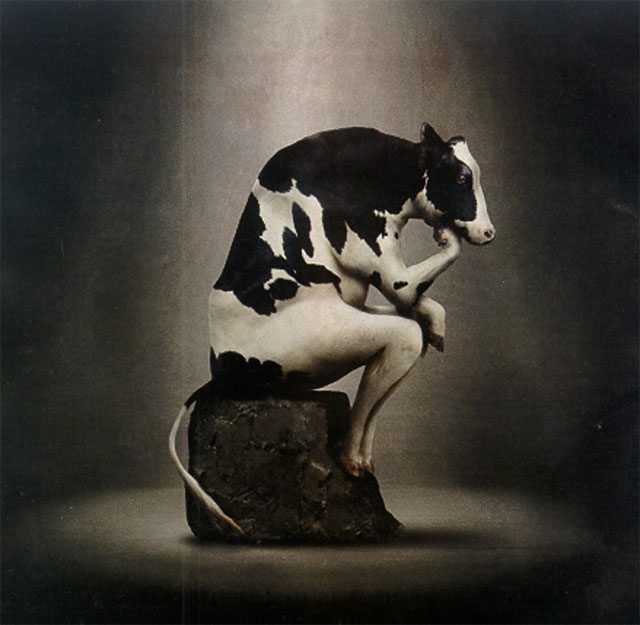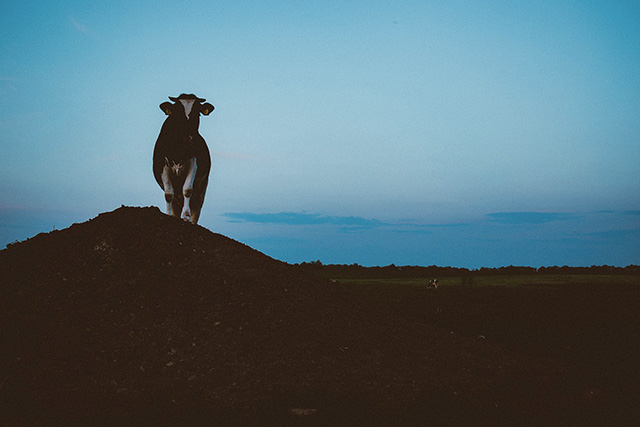After 30 years in management and personal investment in research and development, creating an animal nutrition firm in 2019 was a real challenge. But my passion for the living world encourages me to develop these meaningful projects in a fast-changing agricultural world.
With industry partners, experts, students, I have decided to pursue what I have been inspired for 30 years: innovation in animal nutrition.
Innovation means creating a new standard, introducing a new concept to meet the needs of the majority. The adventure begins with an innovative analysis laboratory specialized in mineral nutrition, with the support of Oxfort’s company, and a product range focusing on epigenetics (meaning the impact of nutrition and environment on gene expression for animal welfare, health, and longevity).
New projects are already under study with different partners and they are just waiting for young talents to implement them, and for experts to guide them (milk analysis, valuation of plant co-products, soil nutrition, the specificity of organic farming…).
This adventure is a chance for us to have some rewarding encounters such as Dr. K. Amin, intern of VetagroSup. Khaled is a Syrian veterinary & agronomist, with resourcefulness, healthy curiosity, and hope.



